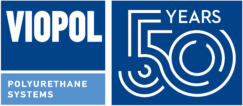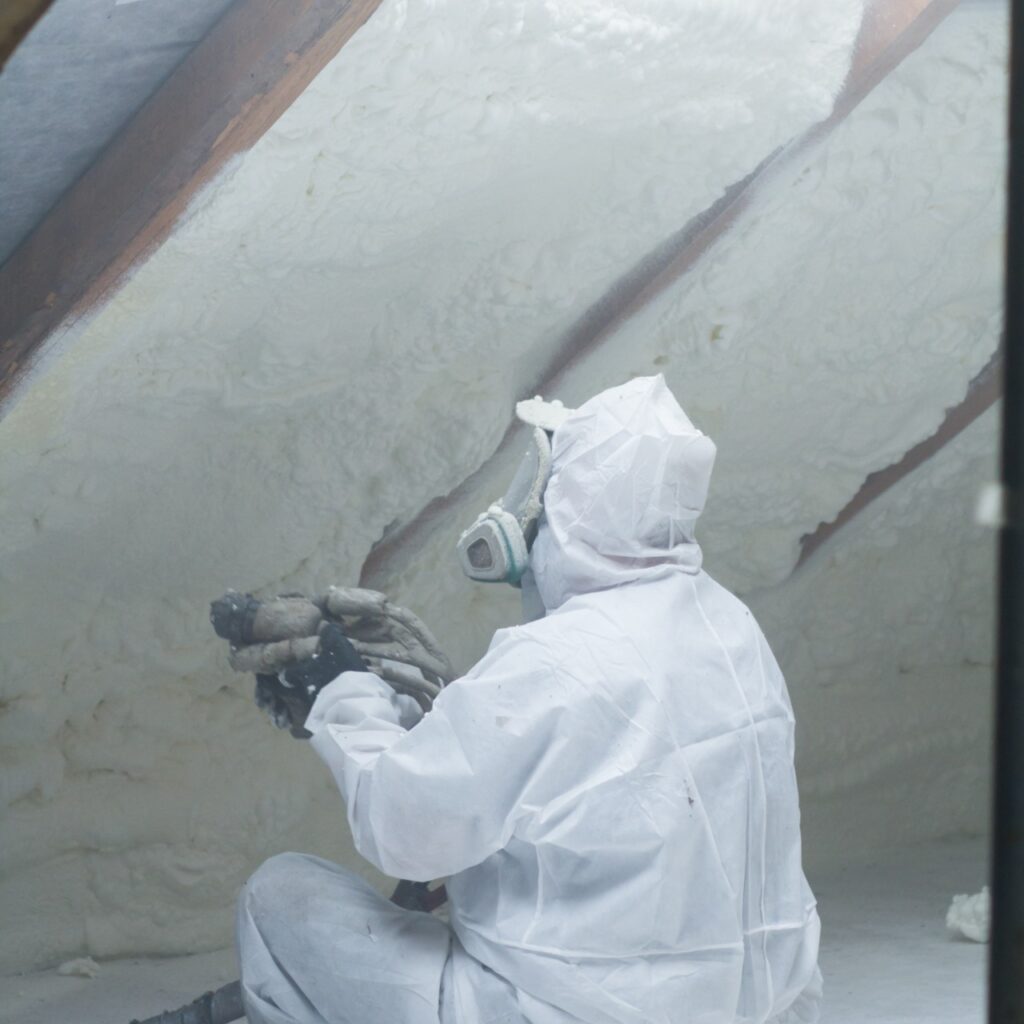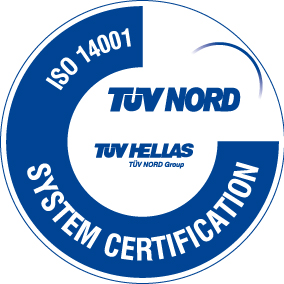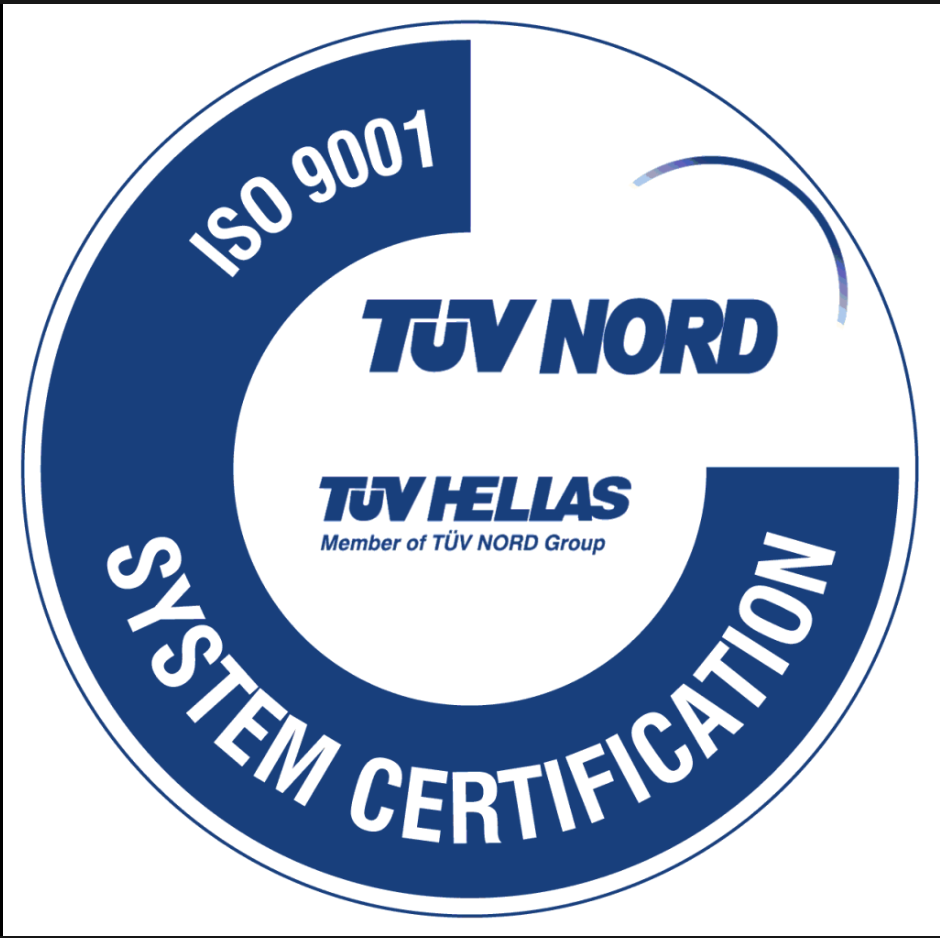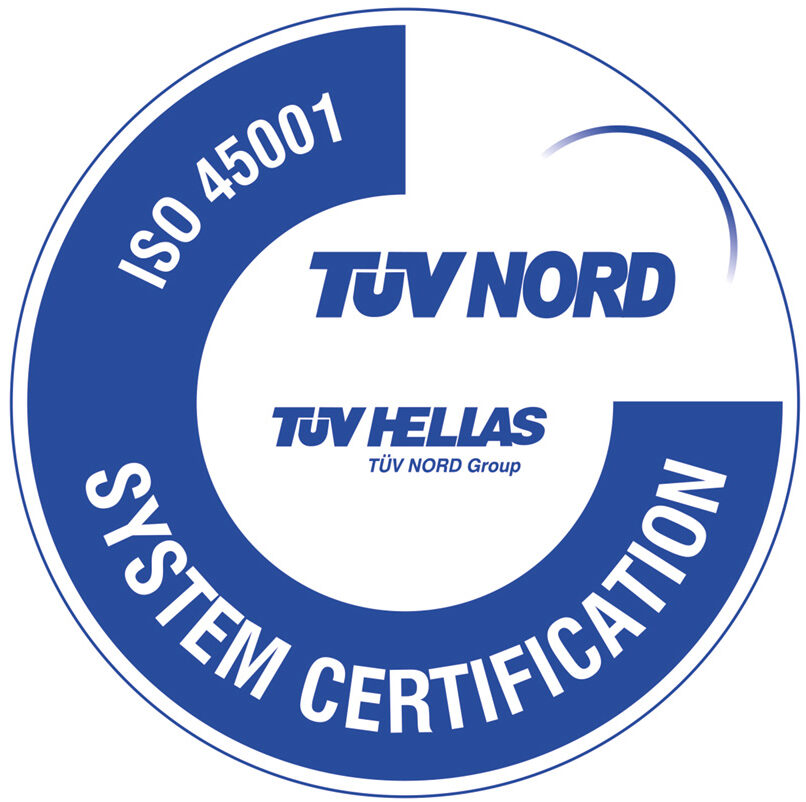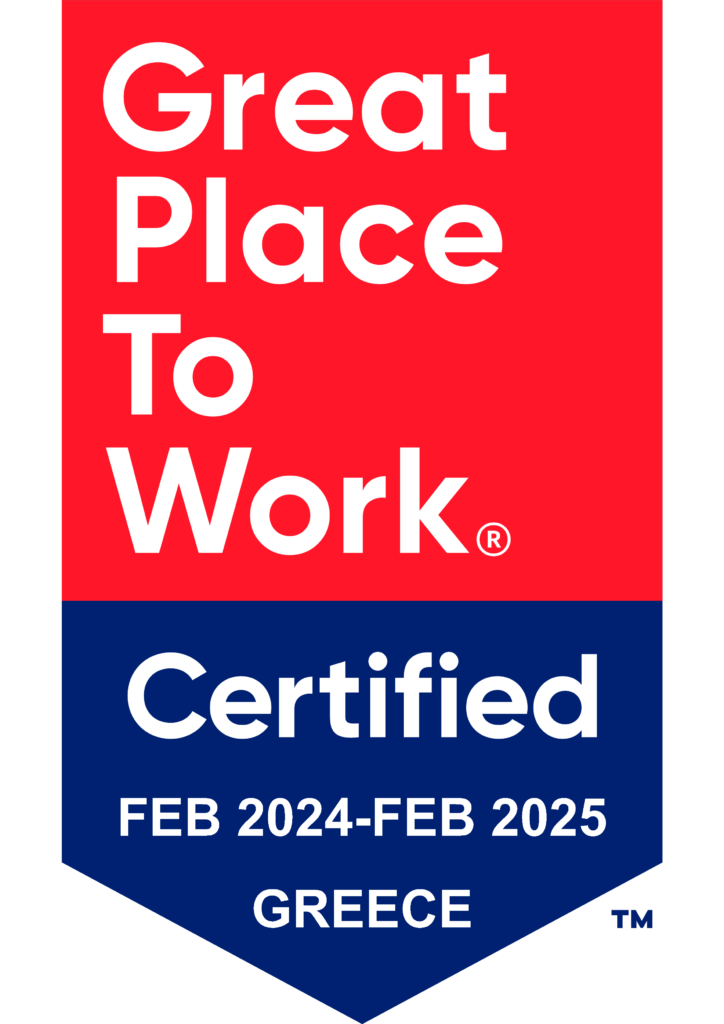Over the past years, more and more consumers are placing their trust to polyurethane systems for insulating their homes or professional buildings. Spray foam applicators are multiplying as the benefits offered through this method of production, such as significantly higher insulation properties (λ) and effectiveness of application, compared to any other form of insulation system on the market, are exponentially sought for as time passes.
The main parameter that will define the correct system that should be used to any given project, is the project itself or simply put, the type of construction that the consumer wishes to insulate. The Greek market for example, is predominantly consisted of cement buildings where roof insulation represents a very important part of the insulation process. Viopol’s V-Pur S-97L, a system with an applied density ranging from 50-55kg/m3 is an ideal system that has won the trust of the market, both for the quality of thermal insulation it offers but also for its smooth surface. This is a system that offers a foam with high mechanical properties (compression strength 275kPa) which allows for certain weights to be placed upon, and of course can be combined with the application of spray polyurea on top of it, for waterproofing.
As we move geographically to the North and towards the Balkans, we will see that wooden constructions offer the main form of housing for citizens in countries such as Bulgaria, Romania or Albania. In these cases, the main use of spray foam applications comes in the form of internal spraying, on the inside of a wooden roof for example. In these cases, demand for high mechanical and insulation properties are not as important. Applicators are trusting low density open cell foams such as Viopol’s V-Pur S -90-002 a Euroclass F open cell system, or V-Pur S – 90-083, a Euroclass E open cell system. The main need here is to provide basic insulation which in turn will be covered with some sort of a plaster. These projects are way more sensitive to cost of application, therefore, the ability to offer insulation using much less polyurethane is a highly marketable advantage of the open cell foams.
The Covid 19 pandemic that has affected the entire globe over the past 2 years, has caused a number of collateral effects. The most important of which can be seen in the form of increasing raw material and, lately, energy costs. As with any part of economic activity, spray foam applications cannot remain unaffected. Investing in insulation is no longer the consumers’ main priority and those who chose to do so, are pushing for the best possible combination between quality and cost. Applicators will always suggest polyurethane as the best insulation system, but since its price is higher than other systems such as polystyrene, they will attempt to lower the cost of application as much as possible. As a result, polyurethane system houses, are developing spray foam systems, with lower densities in order to assist applicators, a process that proves to be very challenging in terms quality. Closed cell foams with applied density between 40-45kg/m3 are now the predominant system of choice in the Eastern European markets as they can offer significant insulation properties with 10 – 15% reduction in consumption; and the trend seems to continue. New
foams with even lower densities are being introduced. Consumers are convinced that a lower density polyurethane foam system, despite offering lower heat insulation properties are still
a better alternative to other systems of choice.
Despite all of the challenges, one thing is for certain: polyurethane spray foam systems have finally received the recognition that they deserve. With the assistance of state-run subsidy programs towards energy reduction we can expect this growth to continue with more sophisticated systems being introduced.
Yannis Petridis / Sales Manager
